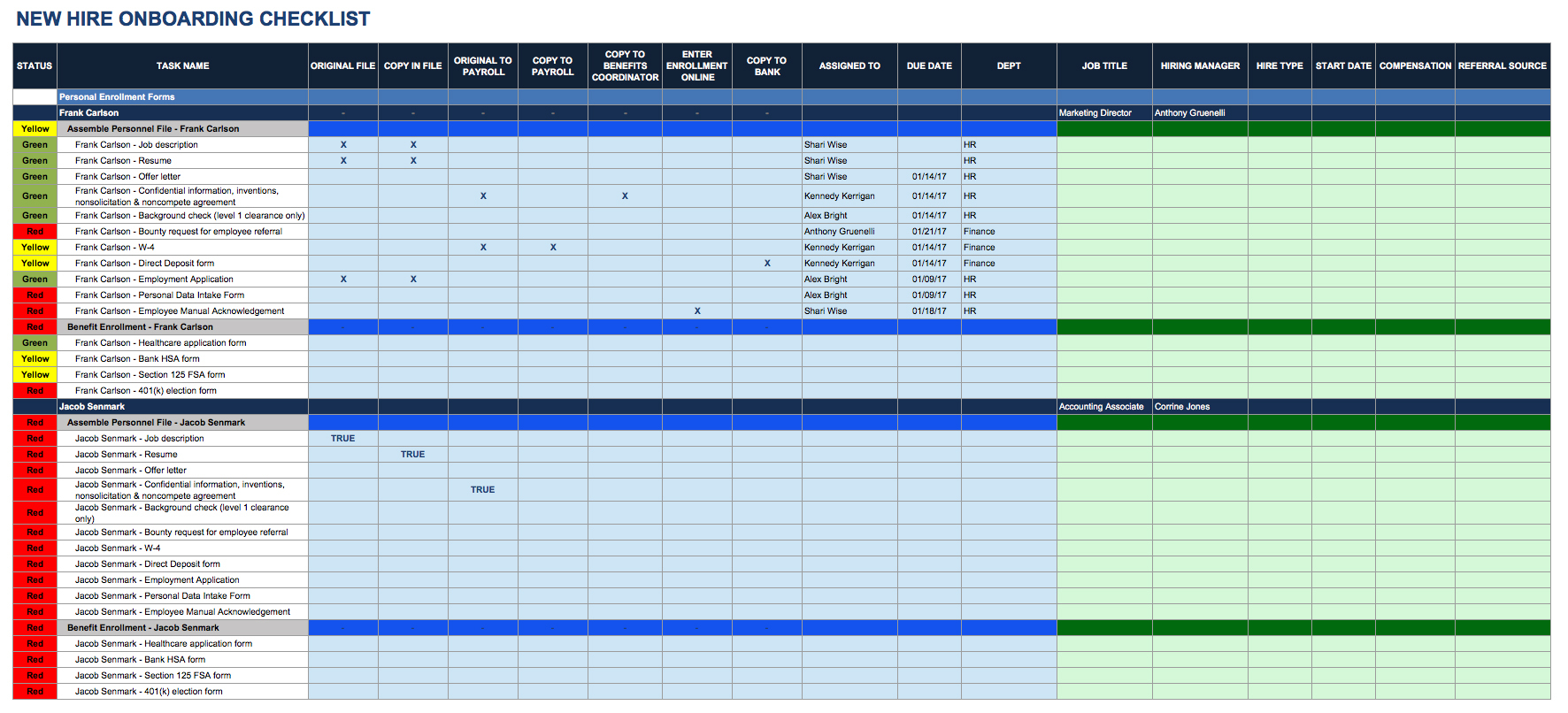

Select the symbols you want to add from the menu:Greek letters. If you are new to these, we recommend you try all the methods until you figure out which one works best for you. Click where you want to put the equation. Whether you want to type exponents to create math equations to raise things to powers in Google Docs, or whether you’re looking to add squared to your document, all of these methods will accomplish the same thing. again to exit superscript modeĪs with most things in Google Docs, there are multiple ways to get exponents in your file.
Type the number you want as an exponent. To type exponents using the keyboard shortcut: There is also a keyboard shortcut for typing superscript which can save you a lot of time when you need to add exponents to your file. The number that you highlighted in step 3 will now be changed into Superscript But there are lots of great Google Docs to-do list templates out there to work. In the top menu select Format>Superscriptĥ. To use Google Sheets as your to-do list, make a copy of this template. Highlight the number that you want to change into an exponentĤ. Consider the following example of a 3x4 matrix implemented as a list of 3 lists of length 4. In this example, I am going to type 2 squared in my file (2^2), so I begin by just typing “22” firstģ. The list methods make it very easy to use a list as a stack. Type the number you want as you would normally. Open your Google Doc and select in your file where you want add the exponentĢ. Press ENTER on your keyboard several times to exit out of the equation featureĪnother option for inserting exponents is to use the superscript feature of Google Docs to convert numbers to exponents.ġ. After you have finished typing the exponent that you want. As you can see I now have 2 as an exponent in my file (squared)Ĥ. In this example, I have typed 2^2 on my keyboard (the exponent operator is SHIFT + 6 on my keyboard). After you have selected equation, when you type the exponent operator (^) on your keyboard it will allow you to type exponents. Open your Google Doc and select in your document the place where you want to insert the exponentĢ. A matrix is a specialized 2-D array that retains its 2-D nature through operations. Here are the steps for tying exponents in your file using the equation feature.ġ. Returns a matrix from an array-like object, or from a string of data. There are now four distinct quadrants in the chart that are each the same size and each point in the chart falls in one of the distinct quadrants.There are a few different options for typing exponents in your file. The range of the x-axis will automatically be modified to range from -10 to 10: 
In the Chart editor panel that appears on the right side of the screen, click the Customize tab, then click Horizontal axis, then change the Min and Max values to -10 and 10: To change the range of the x-axis, double click anywhere on the chart. However, a quadrant chart requires that each axis has the same range.

Notice that the x-axis of the scatter plot ranges from -8 to 6 and the y-axis ranges from -10 to 10. When using them, don't forget to add quotation marks around all. Here's a list of all the functions available in each category. Functions can be used to create formulas that manipulate data and calculate strings and numbers. Google Sheets will automatically insert the following scatter plot: Google Sheets supports cell formulas typically found in most desktop spreadsheet packages. Next, highlight the cells in the range A2:B9, then click the Insert tab, then click Chart:
#CREATE A MATRIX IN G DOCS HOW TO#
This tutorial provides a step-by-step example of how to create the following quadrant chart in Google Sheets:įirst, let’s enter the following dataset of x and y values in Google Sheets: A quadrant chart is a type of chart that allows you to visualize points on a scatter plot in four distinct quadrants.







 0 kommentar(er)
0 kommentar(er)
